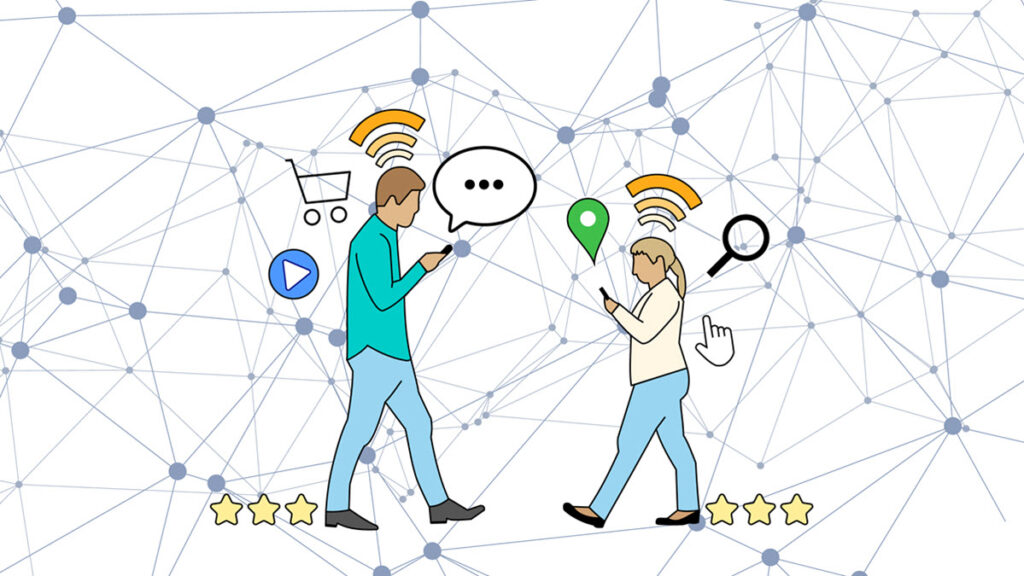Digital footprint management is the ability to control the tracks left behind by online interactions. A digital footprint is a record of Internet activities that can be traced to a person. The data might be public, private, or available only to a specific group. For example, a digital footprint could be something intentionally shared such as a photo, video, blog article, comment, or member profile. However, it can also be something unintentionally shared such as online purchases or search history.
Digital footprints reveal a lot about a person. They can tell you about their activities, behaviors, preferences, and opinions. Together, they form a person’s digital reputation. A digital reputation is how others perceive a person based upon their digital footprints. This information is so important that often employers conduct online research about potential employees before hiring.
Since a digital footprint can last forever, it is essential to teach students how to protect their digital reputation. According to the DQ Institute, digital footprint management has three parts:
- understand the nature of digital footprints and their real-life consequences
- manage digital footprints responsibly
- actively build a positive digital reputation
In the DQ Global Standards Report the components of digital footprint management is in the area of Digital Communication. This area emphasizes the need to respect a person’s reputation when communicating and collaborating online. To help students adapt to digital life, they must be able to (paraphrased from Table 9 in the report):
- understand the concept of digital footprints
- recognize the consequences trails of information may have on the reputation of others
- identify possible uses of information when shared online
- manage digital footprints
- use technology in a manner that contributes to a positive reputation
- exhibit mindful care, prudence, and responsibility when managing information collected by themselves and others
Ideas for Teaching Digital Footprint Management
Many TechnoKids technology projects teach digital footprint management. Below are some ideas from the TechnoKids’ assignments:
Digital Footprint Bulletin Board: Create a digital footprint bulletin board that illustrates the type of information that is trackable. This acts as a visual reminder that online actions are traceable back to a person.
Create Digital Footprints: Join a free kid-friendly online community such as Scratch. Have students intentionally generate footprints by following members, commenting, liking, and sharing projects. Have them reflect upon what this information reveals about their activities, behaviors, preferences, and opinions.
Host an Online Dialog: Have students share a link to their work that permits commenting. Peers can post encouraging comments and constructive suggestions. Students should moderate the exchange of ideas associated with their file. Later have students consider how the messages contribute to their and others’ digital reputations.
Adjust Browser Settings: Most device settings are controlled by a school. However, you can show students the location of privacy and security settings in their web browser. Help them to understand how technology tracks their online activity often from site to site. This data is often sold to companies so they can target ads to consumers.
